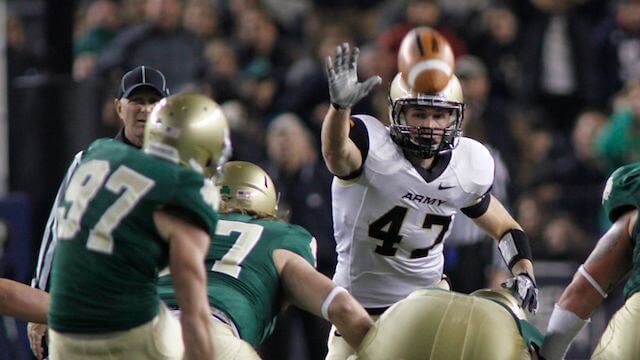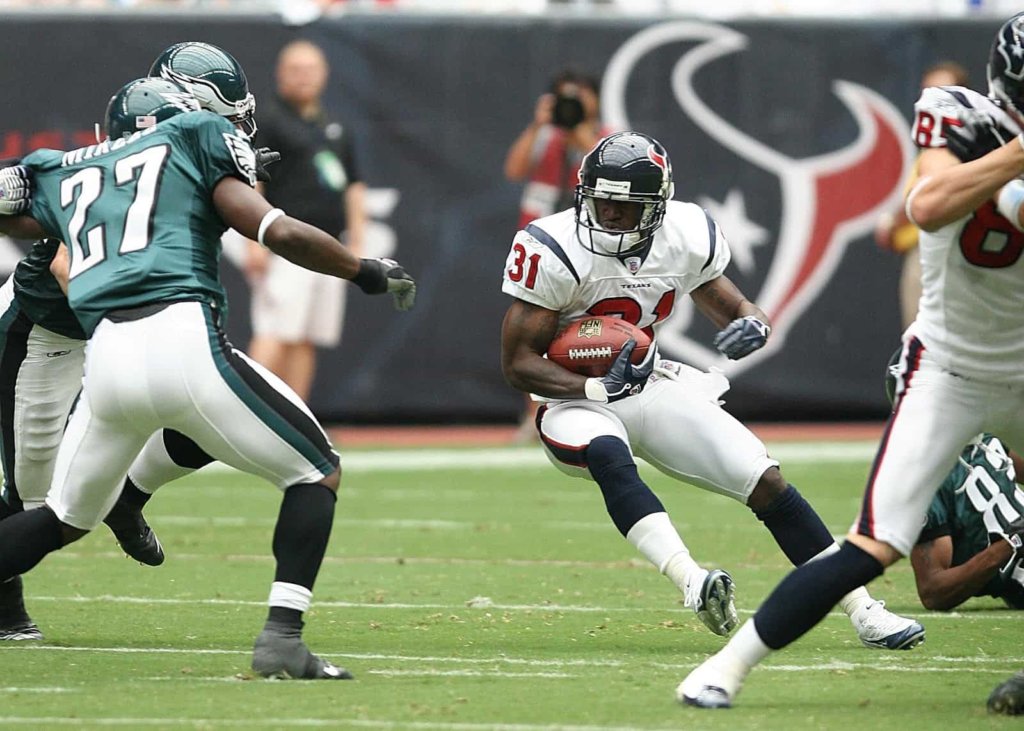How to Fix Slow Linebackers

One positional mistake that can tank your defense is a slow linebacker.
And I’m not just talking about speed, but a slow reacting linebacker.
The key to fixing that is getting your linebacker comfortable with his keys.
Now, two coaches can run the same scheme with identical techniques and still differ radically with their keys. Half the country reads backs and the other half read linemen.
What I do not believe can happen is to have your LBs read both.
“See a little, see a lot. See a lot, see nothing.”
In other words, when an LB looks at the big picture, he cannot move decisively to the ball.
If he trusts his limited, but true key, then he can increase the speed of his play and get himself in a position to make plays.
Here are how we have taught keys in the past:
Backfield Keys
It is very hard to read guards when they are covered up, so we have read backs if there is only one running back in the backfield.
Backfield reads are simple reads and are great confidence builders for inexperienced players.
- When my keys come to me, I attack my frontside gap.
- When my key goes away, I attack my backside gap.
- When my key shoes pass block or pass route, I drop into my coverage rule.
Linemen Keys
Keying a linemen is more complex.
Rather than having three basic running back paths, a lineman may have five to eight courses.
So, why consider these reads?
Because linemen rarely lie.
They are the truest keys.
With play action pass, the running back lies while the offensive linemen are usually clearly in pass protection. Also, counter and boot plays will have the backfield going one way, but the pulling linemen will take the linebacker to the correct hole.
Our belief in the past has been to teach the harder, more true linemen reads because it is easy to transition to keying a running back as an adjustment or variation. An LB trained to read the backfield cannot start reading linemen the week you play a flexbone, double wing, or Wing T team.
- If the blocker pulls, go in that direction while finding flow.
- If the blocker double teams, fill the open window while finding flow.
- If the blocker comes at the LB, take him on inside shoulder while finding flow.
- If the blocker pass sets, drop into pass coverage.
Triangle Reads
Many coaches will try to get their LB to key the triangle of backs, linemen, and the ball.
This is very hard to do.
I believe that the LB will move slow by trying to take in too much information at once since there are multiple keys that have to be processed together in split seconds.
Back reads are clean and easy, but deceptive.
Line keys take longer to master, but are always true.
In our stimulus response system, we want our players laser focused so they can react through muscle memory.
We teach them to focus on the linemen on the 1st, maybe 2nd read step. Then move eyes to backfield.
The OL is the primary key read and the backfield is the secondary key.
The key, as always, is to rep it all the time.
So, I know the information shared here is not revolutionary.
But going back to the fundamentals when things go wrong is the right decision most of the time.
And slow linebackers are a problem.
Make sure your linebackers know what they are seeing.




Responses